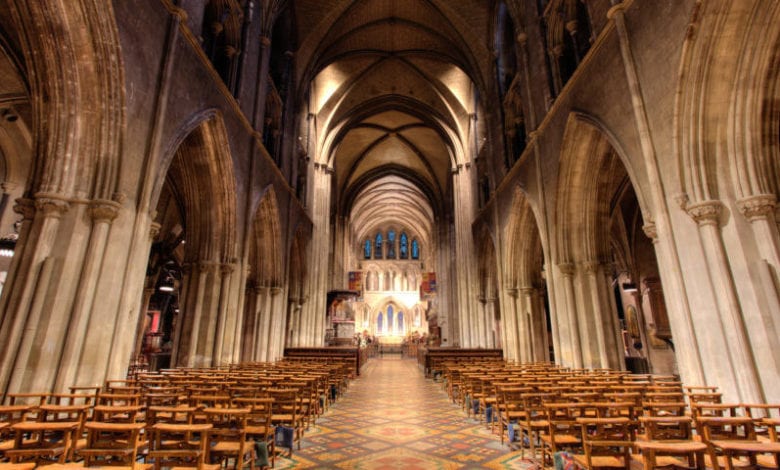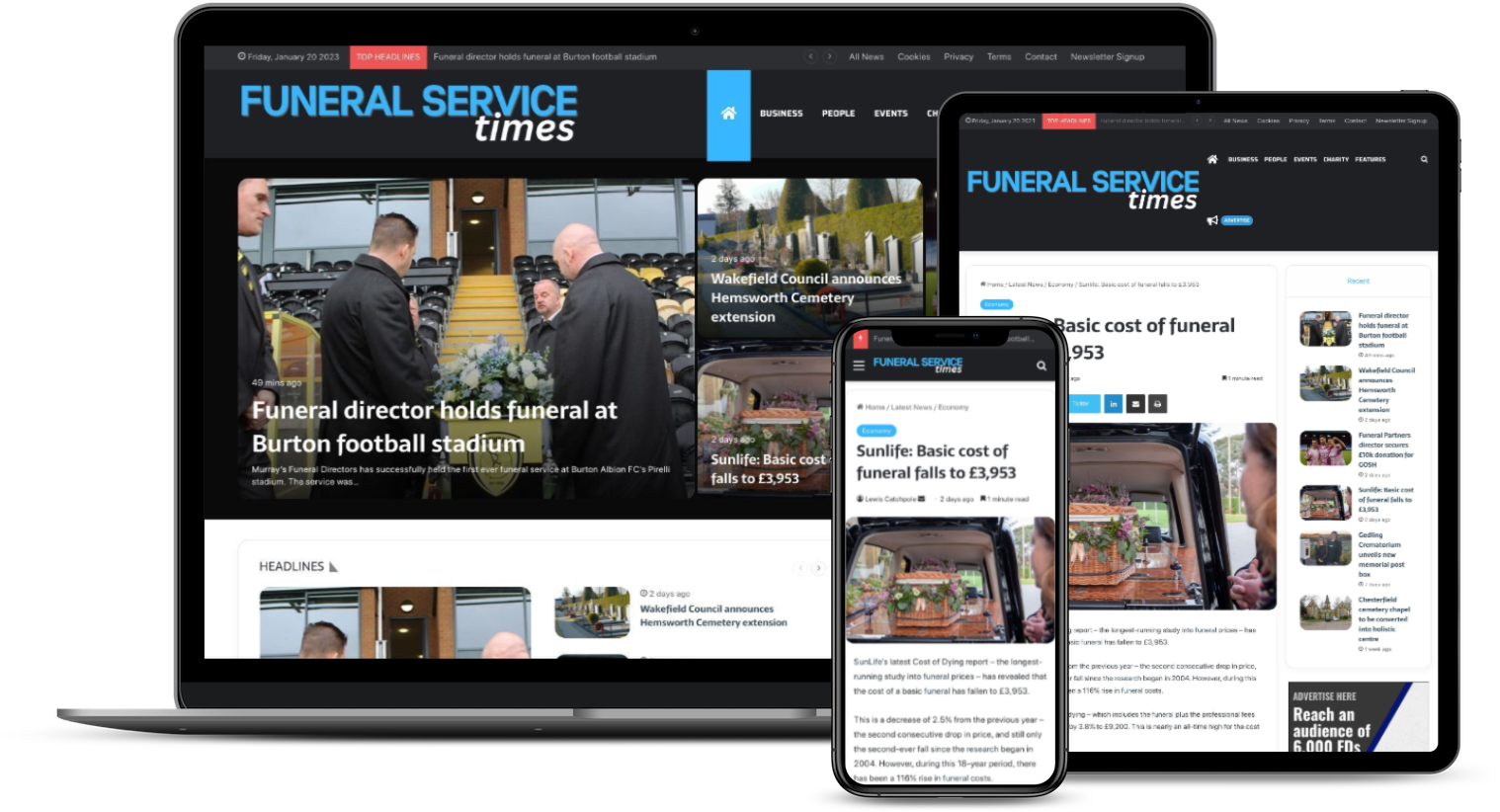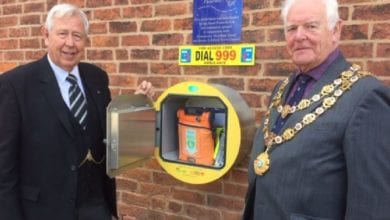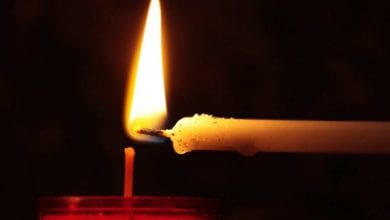A brave new world? Contemporary practices in the UK and Ireland

What would you have us do with your body after death? Would you consider some altruistic options, such as donating your body to medical science, to a grateful anatomy school or perhaps volunteer your corneas, heart and liver to science, for the potential benefit of others? Perhaps these may not appeal to you. Instead maybe you will consider the idea of having your body launched into the deep vacuum of space.







